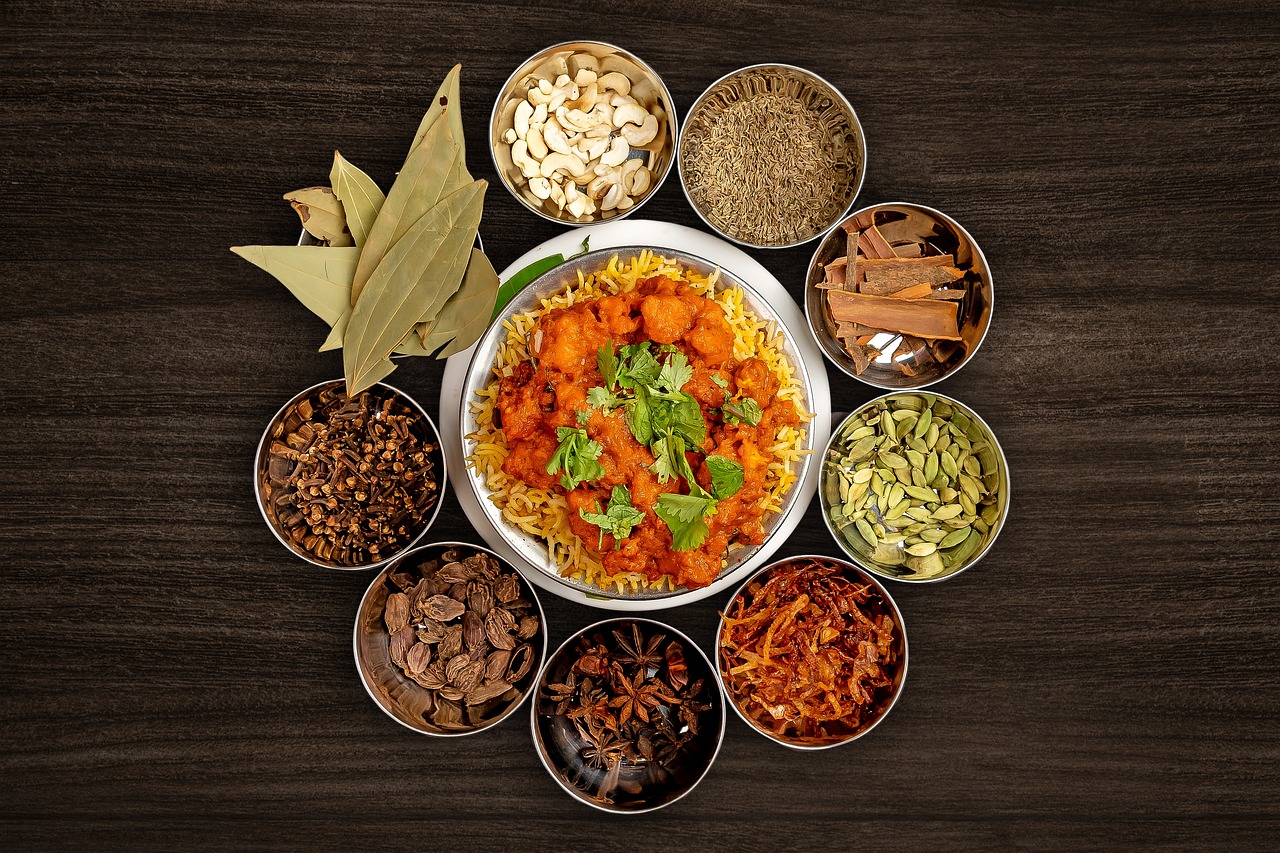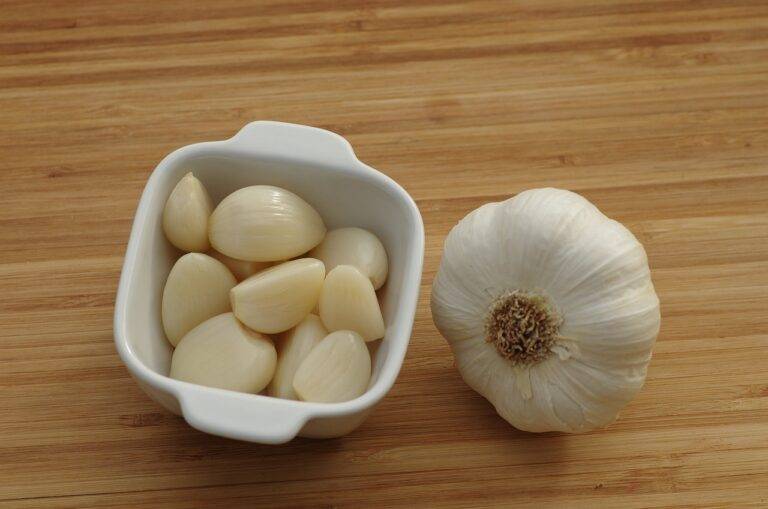The Future of Food Technology: Innovations in Food Processing
In recent years, food processing technologies have made significant strides in revolutionizing the food industry. With the integration of automation and robotics, food processing has become more efficient and reliable. This has not only increased the speed of production but also improved the overall quality and safety of processed foods.
Moreover, the advancements in food processing technologies have led to the development of innovative packaging solutions that help extend the shelf life of food products. From vacuum-sealing to modified atmosphere packaging, these technologies play a crucial role in preserving the freshness and flavor of foods for longer periods. As a result, consumers are now able to enjoy a wider variety of convenient and long-lasting food options.
Advancements in Food Preservation Methods
One of the most notable advancements in food preservation methods is the utilization of high pressure processing (HPP). This technology involves subjecting food products to high levels of pressure, typically between 100 to 800 megapascals, to effectively eliminate harmful bacteria while maintaining the food’s nutritional quality and freshness. HPP has proven to be particularly effective in preserving juices, meats, and ready-to-eat meals, offering consumers a safe and convenient way to enjoy perishable products for longer periods.
Another innovative food preservation method that has gained traction in the industry is the use of vacuum packaging. By removing oxygen from the packaging environment, vacuum sealing helps to inhibit the growth of spoilage organisms and delay the onset of oxidative reactions that lead to food spoilage. This method is commonly used for preserving a wide range of food items, including processed meats, cheese, and vegetables, extending the shelf life of products and reducing food waste.
What are some of the traditional methods of food preservation?
Some traditional methods of food preservation include drying, salting, pickling, and smoking.
How have food processing technologies revolutionized the food industry?
Food processing technologies have improved efficiency, extended shelf life, and enhanced food safety by utilizing methods such as pasteurization, canning, freezing, and vacuum sealing.
What are some of the latest advancements in food preservation methods?
Some of the latest advancements in food preservation methods include high-pressure processing, irradiation, and modified atmosphere packaging.
How do high-pressure processing and irradiation help in preserving food?
High-pressure processing involves subjecting food to high levels of pressure to eliminate bacteria, while irradiation uses ionizing radiation to kill pathogens and extend shelf life.
What is modified atmosphere packaging and how does it benefit food preservation?
Modified atmosphere packaging involves altering the atmosphere surrounding the food to slow down deterioration and spoilage, thus extending the product’s shelf life.





